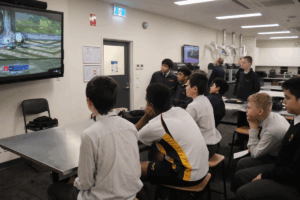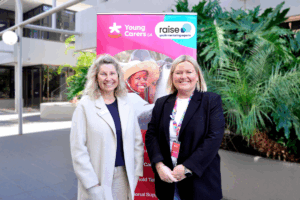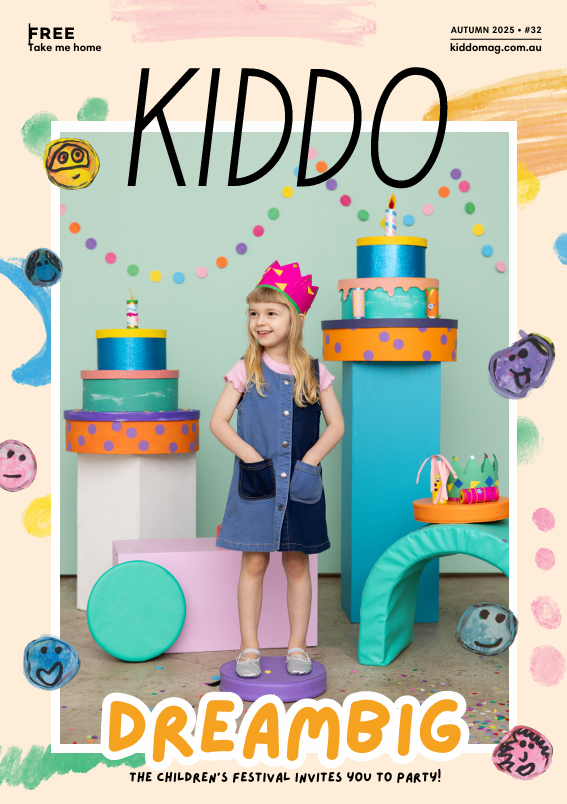
WORDS: Nell Harris, Neurodiversity Advocate
It’s estimated that 15 – 21% of our population is neurodivergent, so in a classroom of 25 students it could be estimated that approximately 5 will be neurodivergent. True neurodiversity accepts, includes and celebrates every single person’s way of thinking, learning, and perceiving the world, which requires creating inclusive classrooms that accommodate the diverse needs of ALL students.
Embracing neurodiversity in the classroom benefits all. When students are exposed to different ways of thinking and perceiving the world, they develop a greater appreciation for individual differences. This promotes a culture of acceptance, respect, and inclusivity, which can positively impact the overall classroom dynamics and further into the future.
How can you support Neurodiversity in the Classroom?
Become neuro-affirming through educating ourselves. This is more than understanding and accepting neurodiversity. It is about celebrating, validating and supporting neurodiverse individuals. To understand that a child isn’t just ‘not trying’ or ‘naughty’, but potentially over-stimulated, dysregulated, or has entered a shut down mode where it is physically impossible for them to engage and learn. This understanding develops compassion and is incredibly empowering for the child, yourself, and your relationship with each other.
Create and have support in implementing individualised learning plans tailored to the child’s specific needs. Chat with the parents, ask about strengths and interests, what supports the child needs and finds regulation in, the early signs of dysregulation and what the parents do to help re-regulate their child.
Have access to neuro-affirming literature, activities, and resources to help support universal understandings of self and others.
Reassess your classroom- the student’s learning environment. Neurodivergents are often sensitive to sensory stimuli.
Noise sensitivity – not just loud noise either, but layers of noise can be just as jarring for a neurodivergent mind. Having a few pairs of noise cancelling headphones could be seen as a day saver for some students.
Light sensitivity – artificial/fluorescent lights are tiring on the eyes. If the option to use natural light is there, use that before switching on the overheads – or have periods of the day where the overhead lights are off.
Alternative seating – chairs, stools, wobble cushions, the floor… every child would have a preference and will engage better sitting in that way.
Physical supports – such as providing dark/quiet spaces for breaks, allowing students to use fidgets, weighted items such as blankets to help them focus. Offer small breaks between study blocks like a stretch and walk to the drink fountain will help refill their executive functioning tank.
Providing clear and concise instructions – using positive inforcement (eg. I want you to write a story 1 page in length rather than I want a story that’s less than 2 pages), breaking tasks into smaller steps to help reduce overwhelm and potential task paralysis, and having visual reminders of steps / timetable / requirements. Incorporating visual aids such as a visual timer showing work block, hands-on activities, and interactive technologies can enhance comprehension and retention.
This non-exhaustive list of ideas to make the classroom more neurodivergent friendly may sound like all students would like this, and I agree. A lot of the time, neurodivergent requests are to soften the harshness of the world’s input, and to create a space that is kinder for our minds and bodies would be nice for all. But remember, what is nice for some, is critical for others and these supports can make a big difference between certain people having a good day and having A DAY.
Recognising and valuing the unique traits, strengths, perspectives and needs of neurodiverse students fosters a culture of inclusivity, empathy, and understanding. Embracing neurodiversity not only benefits neurodiverse students but also enriches the educational experience for ALL, preparing students for a diverse and inclusive world.
For more information:






